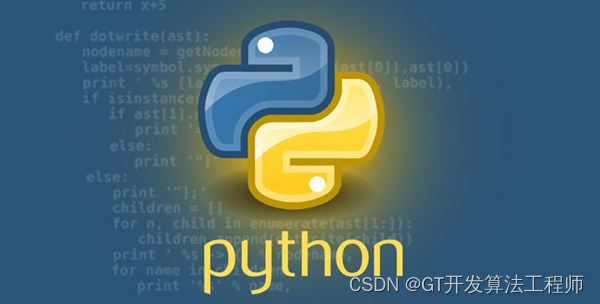本文精心挑选了10道Python程序员面试题,覆盖了Python的多个核心领域,包括装饰器、lambda函数、列表推导式、生成器、全局解释器锁(GIL)、单例模式以及上下文管理器等。每道题都附有简洁的代码示例,帮助读者更好地理解和应用相关知识点无论是对Python编程有初步了解的初学者,还是寻求深化理解的有经验的开发者,本文都提供了有价值的参考。
题目6: Python中的*args和**kwargs是什么?给出一个使用它们的函数定义和调用的例子。
def func(*args, **kwargs): for arg in args: print(arg) for key, value in kwargs.items(): print(key, value) func(1, 2, 3, a='hello', b='world')题目7: 解释Python中的GIL(Global Interpreter Lock)是什么以及它如何影响多线程编程。
答案:
GIL是CPython解释器中的全局解释器锁,它确保了同一时间只有一个线程可以执行Python字节码。这导致Python的多线程在大多数情况下并不会实现真正的并行计算,而是交替执行。因此,对于CPU密集型任务,多线程在Python中可能并不总是最佳选择。
题目8: 在Python中,如何复制一个列表?
答案:可以使用以下方法复制一个列表:
original_list = [1, 2, 3, 4, 5] # 使用列表切片
copied_list = original_list[:] # 使用copy模块的copy函数
import copy
copied_list = copy.copy(original_list) # 使用copy模块的deepcopy函数(对于嵌套列表)
copied_list = copy.deepcopy(original_list)题目9: 如何在Python中实现一个单例模式(Singleton Pattern)?
答案:
class Singleton: _instance = None def __new__(cls, *args, **kwargs): if not isinstance(cls._instance, cls): cls._instance = super(Singleton, cls).__new__(cls, *args, **kwargs) return cls._instance # 创建实例
instance1 = Singleton()
instance2 = Singleton() # 检查是否为同一个实例
print(instance1 is instance2) # 输出: True题目10: 描述Python中的上下文管理器(Context Manager)是什么,并给出一个使用with语句和自定义上下文管理器的例子。
答案:
class MyContext: def __enter__(self): print("Entering the block") return self def __exit__(self, type, value, traceback): print("Exiting the block") with MyContext() as x: print("Inside the block")当执行上面的代码时,输出将是:
Entering the block
Inside the block
Exiting the block这展示了with语句如何与上下文管理器一起工作,确保在进入和退出代码块时执行特定的操作。






:开启AI决策过程透明化,重塑信任与解决伦理偏见)




安装nginx及安装前需要的准备)



)
)



